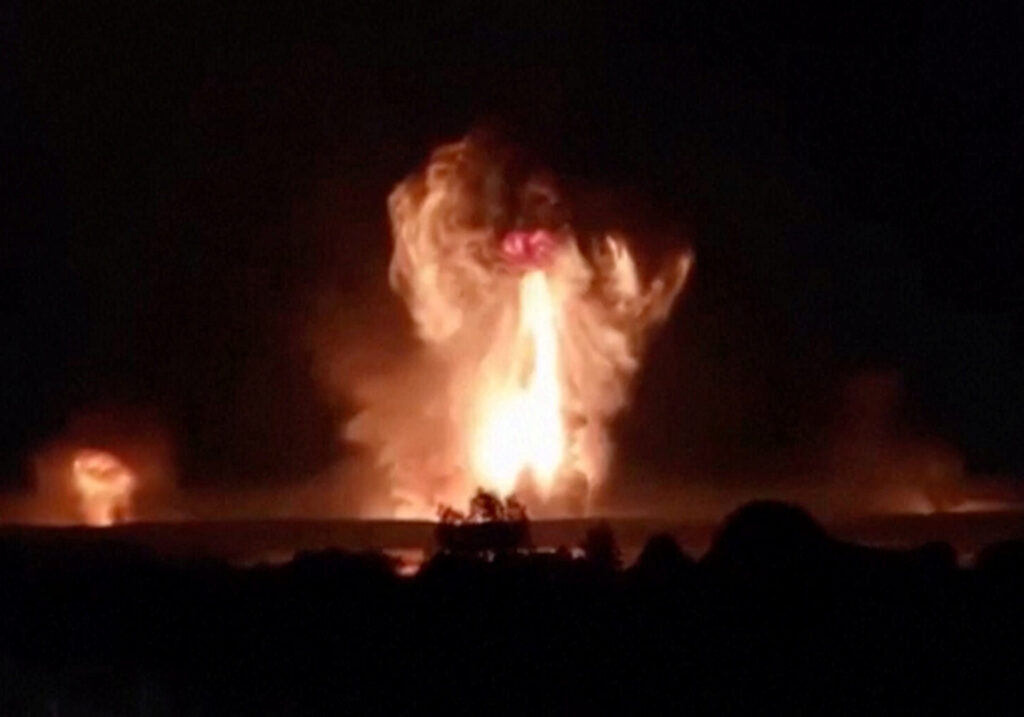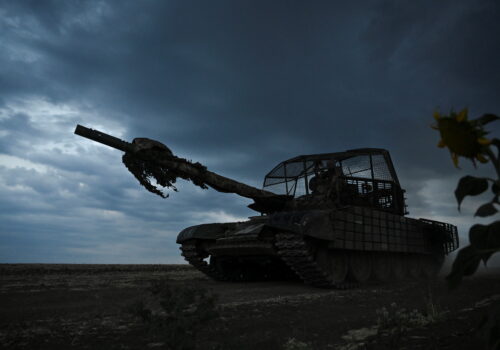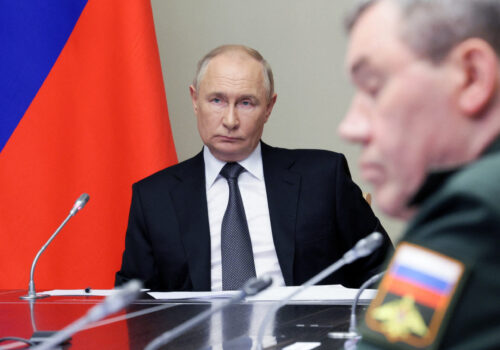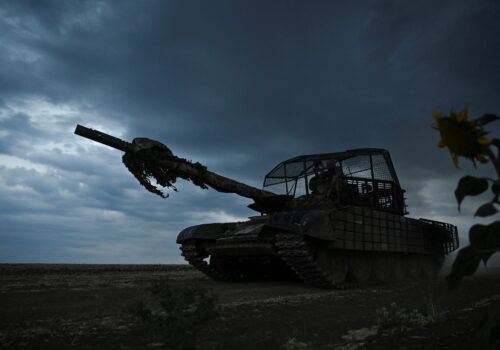
Ukraine’s expanding drone fleet is flying straight through Putin’s red lines
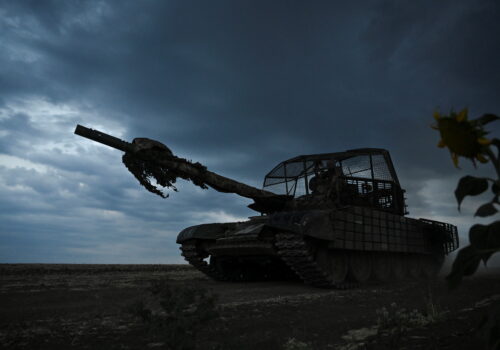
Ukraine conducted one of the largest and most effective drone attacks of the entire war in the early hours of September 18, causing a blast at a weapons depot deep inside Russia that was large enough to be picked up by earthquake monitoring stations. According to Ukrainian sources, the attack involved more than one hundred domestically produced long-range Ukrainian drones and targeted a major Russian arms storage facility in Toropets, a town in Russia’s Tver region northwest of Moscow.
The Toropets raid was the latest Ukrainian success in an ambitious campaign of long-range drone strikes that has been steadily gaining momentum throughout the current year. Ukraine launched its air offensive in January 2024, and has since hit dozens of high-value targets in Russia including oil refineries, air bases, armament production facilities, and military sites.
The increasing frequency and effectiveness of these drone attacks would appear to vindicate Ukraine’s earlier decision to focus its limited resources on boosting the domestic development and production of long-range drones. Ukrainian attacks are now visibly expanding in scale as more drones are produced, and are also routinely reaching targets deep inside Russia over one thousand kilometers beyond the Ukrainian border.
In a sign of the rapidly advancing drone technologies that are now becoming available to the Ukrainian military, the country recently unveiled its first missile drone. Dubbed “Palyanytsia” in honor of a traditional Ukrainian bread that invading Russian troops find notoriously difficult to pronounce, this missile drone was welcomed by Ukrainian President Volodymyr Zelenskyy in August 2024 as “our new method of retaliation against the aggressor.”
Stay updated
As the world watches the Russian invasion of Ukraine unfold, UkraineAlert delivers the best Atlantic Council expert insight and analysis on Ukraine twice a week directly to your inbox.
Ukraine’s long-range drone strike campaign has a number of goals. The most immediate objective is to undermine the Russian war machine by targeting military infrastructure and the country’s economically vital energy industry.
Strikes on Russian air fields have been credited with damaging a number of military planes used in the Kremlin’s bombing campaign of Ukraine’s cities and civilian infrastructure. Meanwhile, Ukrainian officials believe the recent attack in Tver region destroyed significant quantities of Russian munitions including artillery shells and missiles.
At this stage, Ukraine’s bombing raids on Russian oil refineries remain on an insufficient scale to plunge the Kremlin’s vast energy industry into crisis. However, Ukrainian drone attacks are frequently followed by media reports of decreased Russian refining capacity.
Russian officials have remained characteristically tight-lipped over the impact of Ukraine’s air offensive, but there are some indications that the Kremlin is concerned. In March 2024, Moscow imposed a six-month ban on gasoline exports that has since been extended to the end of 2024 in an apparent bid to prevent domestic shortages and price spikes. Russia’s Federal State Statistics Service has also reportedly stopped publishing oil production data.
Eurasia Center events
Kyiv’s drone strike strategy also has important political objectives. Since the start of Russia’s full-scale invasion, Ukraine’s partners have imposed restrictions on the use of Western-supplied weapons inside Russia. This includes a ban on long-range missile strikes that is seen as particularly damaging by officials in Kyiv, who argue that it prevents them from targeting the air bases and military sites used by Russia to attack Ukraine.
The caution on display in Western capitals reflects widespread concerns among Ukraine’s partners over a possible escalation in the current war. Moscow has skillfully exploited these fears, using a combination of nuclear threats and talk of Russian red lines to scare Western leaders and ensure that current restrictions remain in place. Indeed, Putin recently warned that allowing long-range strikes against Russian targets would mean that NATO was “at war” with Russia.
By hitting targets deep inside Russia, Ukraine hopes to convince its allies that their fears of escalation are greatly exaggerated and expose Putin’s red lines as a bluff designed to intimidate the West. This argument is supported by numerous other examples of Russian red lines being crossed without consequence, such as the partial destruction of the Russian Black Sea Fleet and Ukraine’s recent invasion of Russia’s Kursk region.
While there has yet to be any breakthrough in Kyiv’s diplomatic push for an end to restrictions on long-range missile attacks, recent reports suggest that it may now be only a matter of time before Ukraine receives the green light for a least some categories of long-range strikes inside Russia. If permission is finally granted, this would dramatically increase the potential impact of Ukraine’s air offensive and create significant logistical headaches for the Russian military.
Russian commanders are currently struggling to provide sufficient air defense coverage to counter the existing threat posed by Ukraine’s increasingly sophisticated drone fleet. With the bulk of Russia’s available air defense systems currently deployed in Ukraine, the Kremlin lacks the additional resources to protect the country’s vast airspace. If Ukraine continues to expand drone production and also secures permission for strikes inside Russia with Western weapons, these air defense shortages will likely become even more apparent.
Ukraine’s drone campaign is already bringing the war home to the Russian public and undermining the Putin regime’s efforts to shield domestic audiences from the negative consequences of the invasion. While the Kremlin maintains tight control over the Russian information space and can easily suppress negative news coming from Ukraine, it is much more challenging to disguise regular air raid alarms and exploding military depots in towns and cities across western Russia.
Ukraine’s long-range drone campaign has been one of the key developments of the war in 2024. It has provided Kyiv with a partial solution to its own lack of domestically-produced missiles, and has helped Ukrainian commanders address the challenges created by the risk-averse West’s fear of escalation. Ukrainians are now hoping that by flying their long-range drones straight through Vladimir Putin’s red lines, they can convince Western leaders to abandon the failed doctrine of escalation management and lift restrictions that protect Russia while preventing Ukraine from defending itself.
Giorgi Revishvili is a political analyst and a former senior advisor to the Georgian National Security Council.
Further reading
The views expressed in UkraineAlert are solely those of the authors and do not necessarily reflect the views of the Atlantic Council, its staff, or its supporters.

The Eurasia Center’s mission is to enhance transatlantic cooperation in promoting stability, democratic values and prosperity in Eurasia, from Eastern Europe and Turkey in the West to the Caucasus, Russia and Central Asia in the East.
Follow us on social media
and support our work
Image: A mushroom cloud rises after an explosion, amid the Russia-Ukraine conflict, in Toropets, Tver region, Russia in this screen grab obtained from a social media video released on September 18, 2024. (Social Media/via REUTERS)
